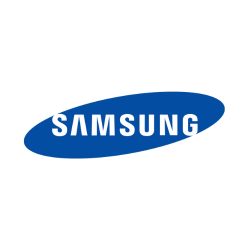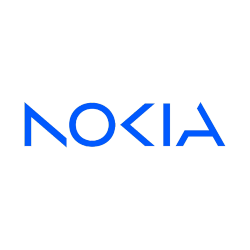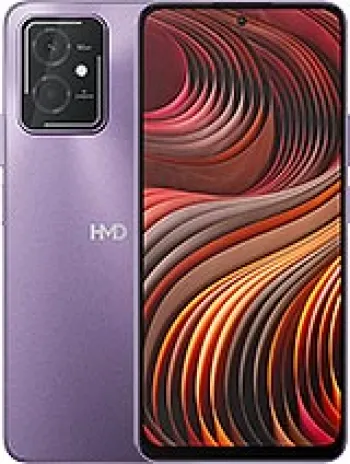
Design and Build
The HMD Vibe offers a modern design with a glass front complemented by a plastic frame and a plastic back, creating a lightweight and durable device suitable for daily use. With dimensions of 165 x 75.8 x 8.7 mm and a weight of 190 g, the device is comfortable to hold and easily portable. The device supports dual Nano-SIMs, enabling users to manage two phone numbers simultaneously, a feature highly beneficial in business and travel contexts. The phone is available in Black and Purple, offering consumers some flexibility in style preferences.
Display
Sporting a 6.67-inch IPS LCD with a 90Hz refresh rate, the HMD Vibe provides a pleasant visual experience. The screen-to-body ratio of approximately 85.7% ensures an immersive viewing experience, making it suitable for media consumption. With a resolution of 720 x 1604 pixels and a 20:9 aspect ratio, the display delivers sharp and vibrant images, although it might not compete with higher-end displays in terms of pixel density, as it offers about 264 ppi.
Performance
Under the hood, the HMD Vibe is equipped with the Unisoc T760 chipset, built on a 6 nm process. It has an octa-core CPU configuration—comprising one 2.2 GHz Cortex-A76 core, three Cortex-A76 cores, and four Cortex-A55 cores—ensuring adequate performance for day-to-day tasks and moderate multitasking requirements. The Mali-G57 GPU supports the graphical interface, handling casual gaming and multimedia playback efficiently. Coupled with 4GB of RAM, the device might best suit users not seeking extreme performance but rather a reliable everyday smartphone.
Storage
The HMD Vibe comes with 128GB of internal storage, providing ample space for apps, media, and documents. For users who require additional storage, the device includes the option of expanding it via a microSDXC card, making it adaptable to varying storage needs.
Camera Capabilities
The dual rear camera setup on the HMD Vibe consists of a 50 MP wide sensor and a 2 MP depth sensor, equipped with LED flash and HDR features for improved photography. This camera setup is suitable for general photography, capturing sufficient detail in well-lit conditions. It supports 1080p video recording at 30fps. The 8 MP front-facing camera allows for decent selfies and video calls.
Audio
The HMD Vibe features a loud sound output with dual speakers enhancing the audio experience while consuming media or taking calls on speakerphone. However, it lacks a 3.5mm headphone jack, aligning with newer design trends seen in several modern smartphones.
Networking and Connectivity
Networking capabilities include GSM, HSPA, LTE, and 5G, supporting a wide range of mobile connectivity options. Wi-Fi 802.11 a/b/g/n, Bluetooth 5.2 with A2DP and LE, GPS, and GLONASS highlight the device's comprehensive wireless communication suite. Notably, there is no NFC support on this device, which might be a consideration for users who frequently use contactless payment systems.
Sensors and Other Features
The device is equipped with essential sensors such as a side-mounted fingerprint sensor, accelerometer, and proximity sensor, enhancing both security and user convenience. Its intuitive placement of the fingerprint scanner allows for quick unlocking and seamless access to the phone’s functionalities.
Battery Life
The 5000 mAh battery in the HMD Vibe provides extensive usage throughout the day, catering well to heavy smartphone users. The device also supports 18W wired charging, allowing for relatively quick battery top-ups.
Price and Value
With a price point of about 90 EUR, the HMD Vibe is positioned as an affordable smartphone, aiming to deliver decent specifications alongside essential smartphone functionality. It is a suitable choice for budget-conscious consumers seeking a balance between cost and features.
Conclusion
Overall, the HMD Vibe stands out as a capable budget-friendly device with a pleasant balance of design, performance, and functionality. While it may not cater to users with high-end needs, its comprehensive feature set and robust design offer considerable value for its price segment. Its appeal largely lies with users seeking a dependable and user-friendly smartphone experience without breaking the bank.
Main Features of HMD Vibe
- Supports multiple network technologies: GSM, HSPA, LTE, 5G
- Released with Android 15 operating system
- Powered by Unisoc T760 chipset with an octa-core CPU
- Large 6.67-inch IPS LCD display with 90Hz refresh rate
- Dual camera setup: 50 MP wide and 2 MP depth sensors
- Side-mounted fingerprint sensor for security
- Equipped with 5000 mAh battery supporting 18W fast charging
- 128GB internal storage with microSDXC card slot for expansion
- Dual SIM support
- Affordable price point of about 90 EUR
Disadvantages of HMD Vibe
- The display resolution is relatively low at 720 x 1604 pixels, which may not provide the sharpest visuals.
- Lacks a 3.5mm headphone jack, which could be a disadvantage for users who prefer wired headphones.
- No NFC support, limiting contactless payment options and other NFC-related features.
- The build uses a plastic frame and back, which might not feel as premium or durable as metal or glass constructions.
- The internal memory is limited to 128GB with 4GB RAM, which may not be sufficient for heavy users without additional microSDXC storage.
- The main camera setup includes a basic dual-camera configuration without advanced features or high resolution for the secondary lens.
- Video recording capability is limited to 1080p@30fps, which may not satisfy users looking for higher resolution or frame rates.
- The front camera is quite basic with only 8 MP, which may not deliver high-quality selfies.
- Charging speed is limited to 18W wired, which might be slower compared to other devices offering fast charging options.
- Wi-Fi support is limited to 802.11 a/b/g/n, missing the faster and more modern Wi-Fi 6 standard.
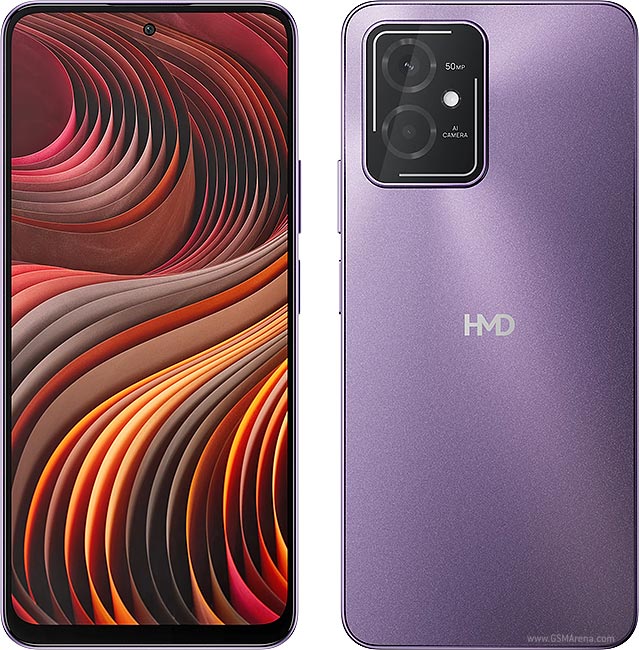
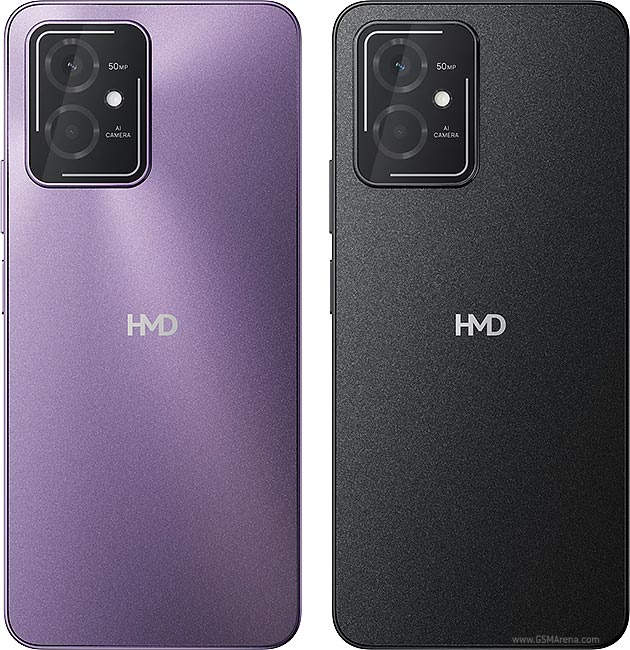
View Also
More Phones
All Rights Reserved +13978 Phones © Mobilawy 2025


